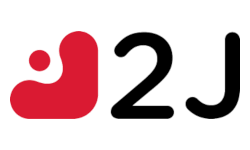Antennas
<strong>Un fattore da non sottovalutare</strong>
Nella progettazione di un sistema <strong>IoT</strong>, la scelta di una antenna viene spesso sottovalutata e non viene considerato il ruolo chiave che può assumere nel corretto funzionamento del sistema. Infatti, la scelta di un’antenna inadeguata può sia compromettere la corretta ricezione e trasmissione dei dati, e sia essere fonte di emissioni OEM che possono causare disturbi che alterano il funzionamento del completo dispositivo. Per queste ragioni, attraverso questo articolo, vogliamo darvi alcune indicazioni su come potere scegliere la soluzione migliore per la vostra applicazione.
What are the elements to be considered when choosing the antenna?
Per prima cosa va considerata la <strong>generazione</strong> di frequenze supportata, ovvero accertarsi che sia in grado di supportare la tecnologia utilizzata dalla vostra applicazione. Nello specifico se un dispositivo deve comunicare attraverso la rete LTE, una antenna 2G o 2G/3G non è adatta allo scopo.
La scelta del posizionamento può influenzare le prestazioni di tutto il sistema per cui già nella fase di progettazione deve essere identificato il <strong>montaggio</strong>.
Infine si deve considerare il ruolo che possono avere il <strong>cavo</strong> (lunghezza e tipo) ed il <strong>connettore</strong>. Quando si devono coprire delle distanze importanti la scelta del cavo deve essere opportunamente dimensionata in funzione delle perdite di segnale che si possono accettare. Per lo stesso motivo un connettore può risultare più o meno adatto alla destinazione d’uso dell’applicazione. La scelta del connettore generalmente ricade su un <strong>SMA</strong> che garantisce basse perdite ed è un buon attacco meccanico per fissare sia il cavo che l’antenna.
Below are some types of antennas, distinguished by their different mounting, which can be used in an IoT system.
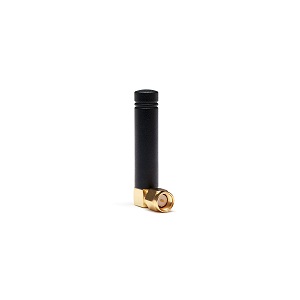
<strong>Terminal (connector)</strong>
Manufactured without a cable, they can connect directly to a device. Mostly used indoors but if fitted with suitable connectors they can also be used outdoors. They offer maximum efficiency and peak gain to achieve the best performance in cellular bands. If used with a cable that acts as an extension, great care must be taken when choosing the latter, as performance can be adversely affected.
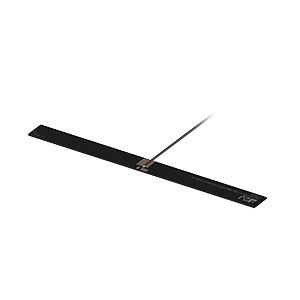
<strong>Window Mount</strong>
This type of antenna is often associated with automotive applications, but its use is widely used in other sectors. They are easy to mount and offer a low profile. They are generally used to be mounted on glass or plastic using an adhesive. They must be chosen according to the application surface and are generally not suitable to be applied on metal surfaces. They are available in both flexible and rigid versions.
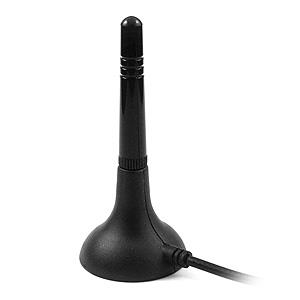
<strong>Magnetic Mount</strong>
They are antennas that can be mounted both internally and externally. It requires a metal surface to be fixed. Also this antenna like the previous one is usually equipped with a cable to connect to the mobile device. It can be used both in stationary and mobile applications.
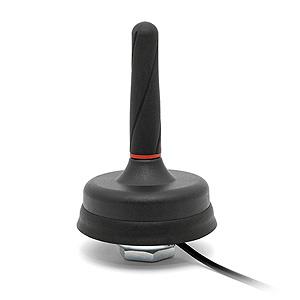
<strong>Screw mount</strong>
These antennas allow permanent mounting for the final application. They are mainly intended for outdoor use and can therefore be used for both stationary and mobile applications. They are particularly suitable for applications in which vibrations can have a significant impact on the final operation.
Further details on the choice of antenna refer to the type of support that is used. Starting from the analysis of the case of use, this document of 2J describes in detail the different types of media that can be used.

